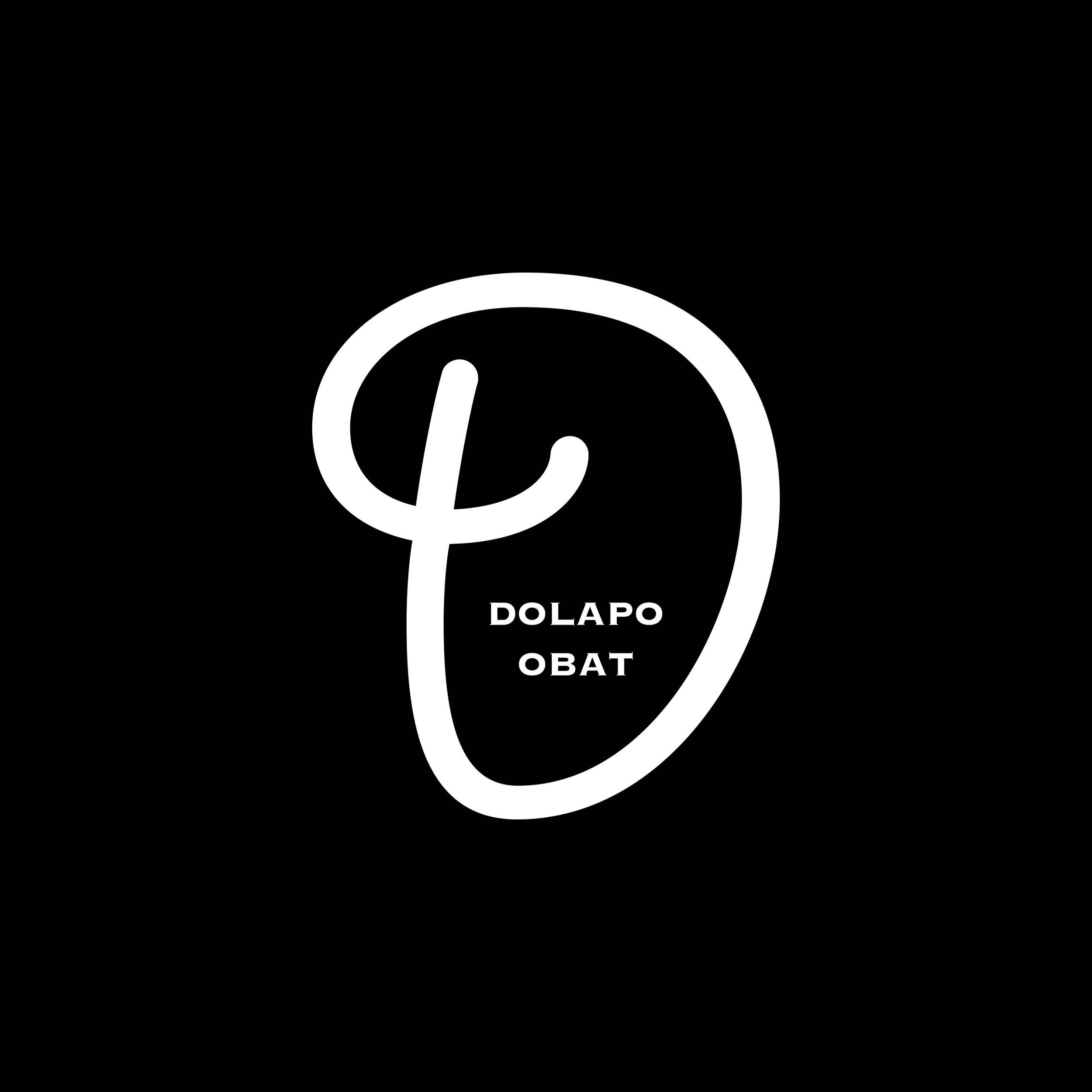Gender Identity and Expression in the Brushstrokes of West African Art
The realm of art has long been a mirror reflecting the diverse facets of human existence, including the intricate tapestry of gender identity and expression. In the context of West African art, a dynamic dialogue emerges, capturing the nuances of gender roles, norms, and identities within the rich cultural landscape of the region. This article embarks on a captivating exploration of how West African artists navigate and illuminate the complex interplay between gender and creativity, fostering conversations that challenge and reshape traditional perceptions.
Gender Norms and Artistic Narratives
West African societies are characterized by a mosaic of gender norms and roles, deeply rooted in tradition. Artists adeptly navigate these norms, employing their work as a canvas to both challenge and reaffirm established gender constructs. Traditional art forms such as masks, sculptures, and textiles often imbue gendered symbolism, encapsulating the societal expectations that influence both genders' lives.
Portraits of Power
Queens, Warriors, and Matriarchs: Gender identity and power find a compelling intersection in West African art. Portraits of powerful women—queens, warriors, and matriarchs—resonate with strength and resilience, transcending gendered limitations. These depictions serve as a testament to the transformative potential of art, allowing women to reclaim agency and visibility within historical narratives.
Fluidity in Form
Unraveling Gender Binaries: West African art defies rigid gender binaries, embracing fluidity in form and expression. Masks and costumes used in traditional ceremonies blur the lines between masculine and feminine aesthetics, embodying the concept of duality present in many West African cultures. These creations offer a visual manifestation of gender as a spectrum, fostering acceptance and understanding.
Contemporary Dialogues
Gender and the Modern Artist
As West African societies evolve, contemporary artists courageously engage with shifting notions of gender identity and expression. The canvas becomes a platform to navigate the complexities of gender in the modern world, prompting viewers to critically examine established norms. Paintings, sculptures, and multimedia installations offer a space for artists to amplify voices often marginalized in mainstream narratives.
Queering Tradition
Reimagining Gender in Neo-Traditional Art
Neo-traditionalism emerges as a powerful movement that redefines cultural heritage through a modern lens. Artists like Peju Alatise challenge gender norms by infusing traditional mediums with contemporary perspectives. Through their work, they question the erasure of gender-diverse narratives from history, fostering a dialogue that both honours tradition and paves the way for inclusivity.
Fashioning Identity
Textiles and Gender Expression
The world of textiles is a vibrant playground where gender identity and expression intersect. West African fabrics, adorned with intricate patterns and motifs, often transcend binary notions of gendered clothing. The act of donning textiles becomes a form of self-expression, allowing individuals to communicate and celebrate their authentic identities.
Visualizing Vulnerability
Masculinity and Emotional Authenticity
West African art defies monolithic portrayals of masculinity, offering a canvas to explore vulnerability and emotional authenticity. Contemporary artists challenge stereotypes surrounding male expression, depicting a range of emotions and experiences that transcend traditional notions of strength. Through their work, they open a space for conversations about toxic masculinity and mental health.
Intersectionality Unveiled
Gender and Socio-Political Contexts
Gender identity in West African art is inextricably intertwined with socio-political contexts, often intersecting with issues of class, ethnicity, and sexuality. Artists address the layered dimensions of identity through their work, revealing the complex interplay between gender and other social markers. These artistic narratives call for conversations about social justice and equality.
Digital Dialogues
Gender Activism and Technology
In the digital age, West African artists harness technology to amplify conversations about gender identity and expression. Online platforms become canvases for gender activism, allowing artists to challenge stigmas, share personal narratives, and build connections within a global community. The digital realm expands the reach of gender-focused art, fostering empathy and understanding across borders.
A Kaleidoscope of Identities: West African art serves as an illuminating kaleidoscope that refracts the diverse spectrum of gender identities and expressions. From traditional forms to contemporary creations, artists navigate the ever-evolving landscape of gender with courage and creativity. Through their work, they invite us to question, reflect, and engage in dialogues that challenge stereotypes, celebrate authenticity, and contribute to a more inclusive world. As the brushstrokes of West African art continue to shape the narrative of gender, they mirror the complexity of humanity itself—a vibrant and ever-changing mosaic of identities.

